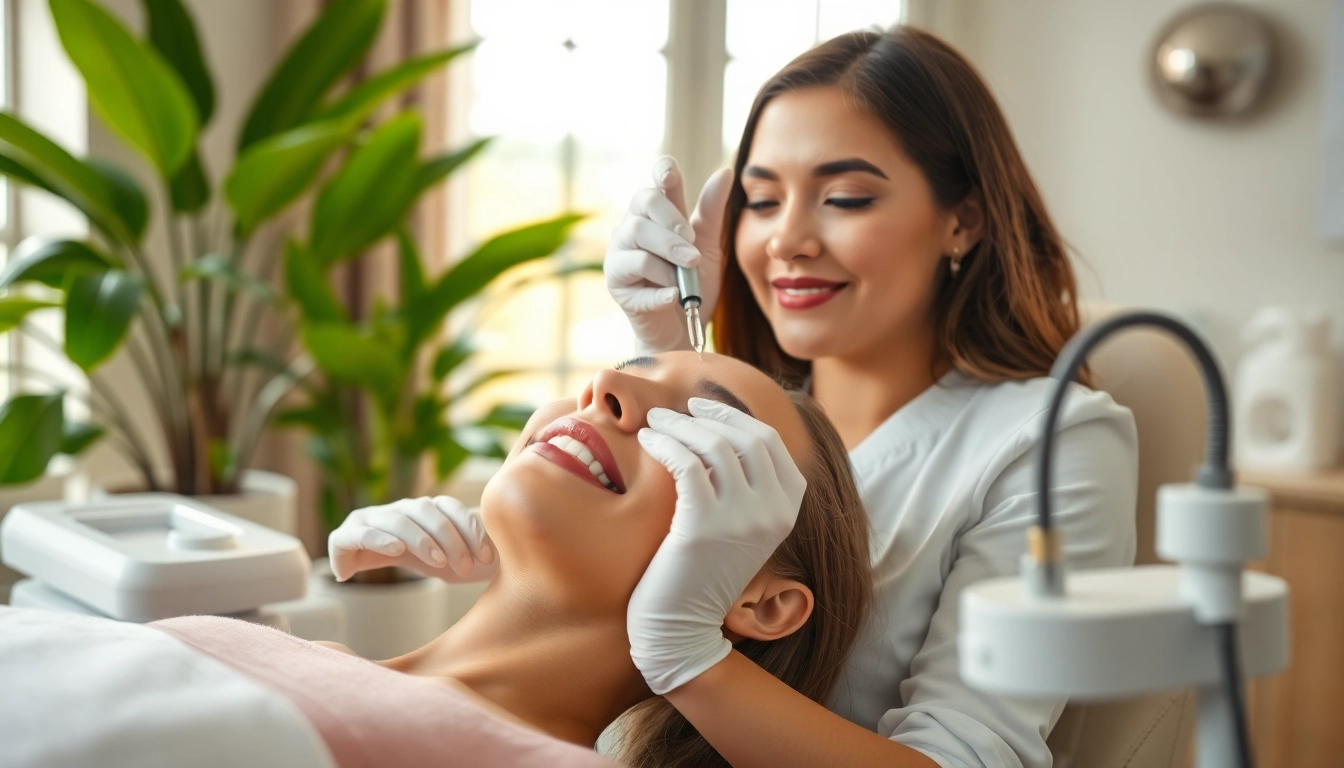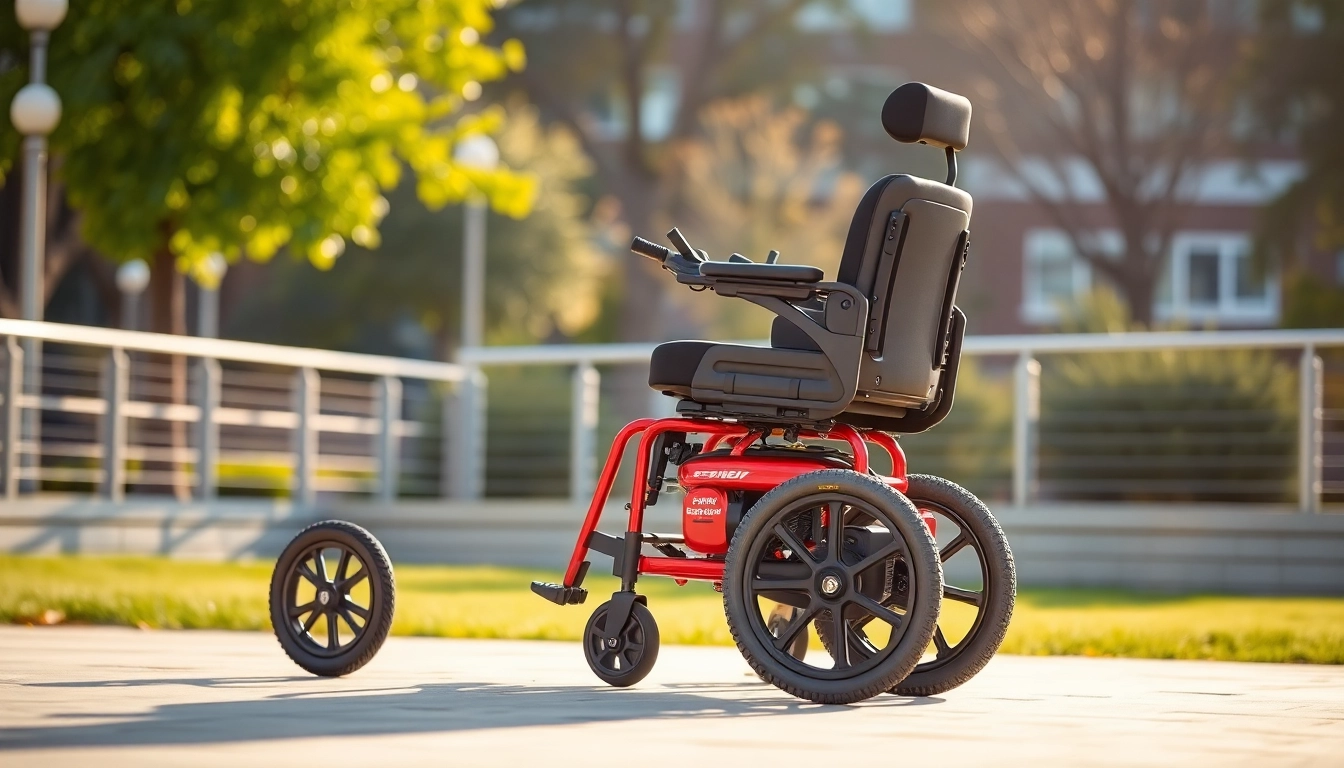Understanding Migrated Lip Filler
What is Migrated Lip Filler?
Migrated lip filler refers to the movement of dermal fillers from the intended injection site into surrounding tissues, leading to an uneven or unnatural appearance. This phenomenon can occur with any lip filler product, which is commonly used to enhance lip volume, definition, and contour. When properly administered, fillers provide very natural-looking results; however, migration can compromise these effects, necessitating a clear understanding of the underlying causes and solutions associated with this issue. Some common ingredients in lip fillers include hyaluronic acid, collagen, and other biocompatible substances designed to integrate well with body tissues. Understanding migrated lip filler is crucial for anyone considering lip enhancement treatments.
Common Reasons for Migration
The migration of lip filler can result from various factors, including but not limited to inappropriate injection technique, the choice of filler substance, and the biological response of individual patients. Here are some of the prevalent reasons for migration:
- Inexperienced Practitioners: The skill level of the practitioner plays a critical role. An untrained or inexperienced injector may place fillers too superficially, which can lead to migration.
- Volume Overload: Injecting excessive amounts of filler can overwhelm the body’s natural ability to absorb the substance, increasing the likelihood of migration.
- Filler Composition: Some fillers are more prone to migration than others due to their viscosity and consistency. For instance, more fluid-like fillers might have a higher risk.
- Client Movement and Pressure: Engaging in physical activity or applying pressure to treated areas immediately after the procedure can facilitate migration.
- Unfavorable Body Response: Some individuals may have reactive tissue that does not hold the product as expected, leading to unintended migration.
Consultation and Expectations
Having a thorough consultation with a qualified practitioner is essential to establish realistic expectations and understand the possible outcomes of any lip enhancement procedure. Patients should discuss their aesthetic goals, potential risks, and what to anticipate post-treatment. It is also advisable to ask about the products being used, the practitioner’s experience level, and the techniques that will be employed. This pre-treatment conversation can help mitigate the risk of migrated lip filler and guide the practitioner in making informed decisions based on the client’s unique biology and preferences.
Benefits of Migrated Lip Filler
Enhanced Volume and Shape
Despite potential downsides, when migration does occur, it can sometimes enhance the volume and shape of the lips in a manner that is aesthetically appealing. When filler diffuses slightly beyond the injection site, it can contribute to a more rounded and full appearance. This effect is particularly desirable for those who seek a fuller lip without a clearly defined border.
Natural-looking Results
For many individuals, the goal of lip filler injections is to achieve a natural look that enhances their features without appearing overdone. If migration leads to a subtle softening of the edges or blending of the filler into adjacent tissues, it may result in an unexpectedly harmonious appearance that complements an individual’s facial structure.
Boosting Confidence and Self-esteem
Ultimately, the psychological benefits of a well-executed lip filler treatment can be profound. Many clients report feeling more confident and self-assured after treatment, and even if migration occurs, the positive effects often outweigh the negatives. The added volume can improve facial symmetry and balance, further enhancing the individual’s overall aesthetic appeal and boosting self-esteem.
Techniques for Successful Application
Choosing the Right Product
Choosing the appropriate filler is crucial for minimizing the chances of migration and maximizing aesthetic outcomes. Clients should consult with qualified practitioners who can recommend products based on their anatomy, desired results, and lifestyle. Various formulas contain differing concentrations of hyaluronic acid, leading to varying degrees of viscosity and diffusion properties. Products specifically designed for lips, such as those with a softer consistency, may offer better control and less risk of migration than thicker formulations.
Skilled Injection Techniques
The technique used during the injection process is vital for minimizing migration risk. Practitioners should employ techniques that allow for precise placement of the filler and limit the possibility of it moving post-treatment. Techniques such as the “microcannula” approach or precise bolus injections can provide better control over filler placement and reduce trauma to surrounding tissues, which can facilitate migration.
Important Aftercare Tips
Post-treatment care is vital for ensuring the best results and minimizing migration incidents. Patients are generally advised to avoid touching or applying pressure to the treated area for a set period following the procedure. Staying hydrated, avoiding excessive heat (such as saunas or hot baths), and following any specific aftercare instructions from the practitioner can also help in maintaining the desired look and reducing the risk of migration.
Frequently Asked Questions about Migrated Lip Filler
How Long Do Results Last?
The longevity of results from lip fillers can vary significantly depending on the type of product used and an individual’s metabolism. Generally, results can last anywhere from six months to a year. However, if migration occurs, the effects may become more pronounced sooner or dissipate unevenly, requiring touch-ups to restore balance.
Are There Any Side Effects?
As with any cosmetic procedure, there are potential side effects associated with lip fillers, including but not limited to swelling, bruising, and, in rare cases, the development of lumps or unevenness due to migration. It is important for clients to discuss potential side effects with their practitioner and to report any concerns promptly.
When to Seek Professional Advice
Clients should consult their practitioner if they notice asymmetry, unexpected swelling, or any signs that may indicate complications following the procedure. Early intervention can prevent prolonged issues and ensure that the best aesthetic results are maintained.
Real-Life Experiences and Testimonials
Client Success Stories
Positive experiences shared by clients can serve as powerful testimonials to the effectiveness of lip fillers when administered correctly. Many individuals recount their satisfaction with newfound volume while experiencing minimal migration. Their stories often highlight the confidence gained from enhancing their natural beauty.
Before and After Comparisons
Before and after comparisons can provide valuable insights into the potential outcomes of lip filler treatments. These visual illustrations can demonstrate how skilled practitioners address issues such as migration, contouring the lips to provide a fuller, more balanced appearance. These comparisons can greatly assist prospective clients in setting realistic expectations.
Expert Opinions on Trends
Industry experts frequently share their thoughts on evolving trends in lip enhancement, offering insights into techniques that can help minimize migration. Discussions often center around innovative filler technologies, the importance of individualized treatment planning, and how to enhance lip aesthetics while mitigating migration risks.



